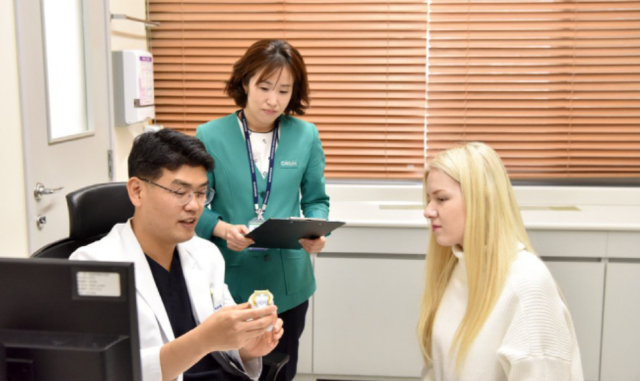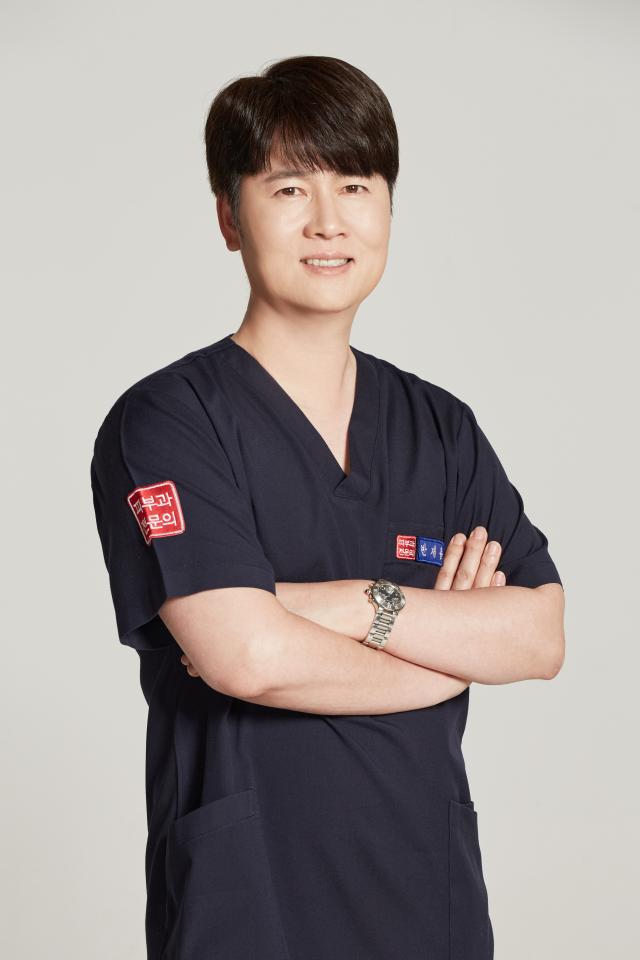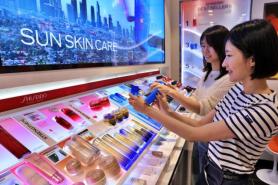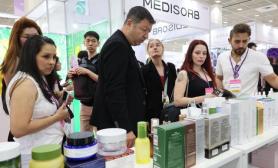
Editor's Note: This is the seventh article in our series exploring the evolving landscape of the Korean beauty industry and the products that captivate international visitors.
SEOUL, August 04 (AJP) - South Korea is experiencing an unprecedented wave of medical tourism, driven not by emergency surgeries or rare procedures, but by dermatology clinics and skincare treatments that are drawing patients from around the world — and transforming clinics into international beauty brands.
In 2024, nearly one million foreign patients visited South Korea for medical treatments, nearly double the figure from the previous year and the highest since the government began tracking medical tourism in 2009, according to official data.
The influx generated a record 1.4 trillion won (about $1 billion) in revenue and pushed the total number of foreign patients treated over the past 16 years to more than five million.
Much of the growth is fueled by cosmetic dermatology. Skin clinics alone accounted for more than 585.5 billion won in revenue this year, surpassing services like general surgery or internal medicine.
And while visitors came from over 60 countries, Japanese patients made up the largest group — with women comprising 94 percent of that segment — followed by patients from China, the United States, Taiwan and Thailand.
Mongolian patients were the highest spenders, averaging nearly 12 million won ($8,600) per visit.
At the center of this phenomenon is Banobagi Medical Group, a Seoul-based clinic that has grown into a global skincare hub.
The group said foreign patients made up 63 percent of consultations at the peak in February 2024, up from 40 percent at the end of last year. That share averaged 50 percent over the first half of 2025 — a 31 percent increase in total patients compared to the same period a year earlier.
While the clinic draws patients from across Asia and North America, Thailand now represents its largest international source at 27 percent, followed by Vietnam, China, the United States and Indonesia.
But as the number of foreign patients rose, something unexpected happened: they wanted to take the treatments home with them.
“Patients kept asking for products they could use after procedures,” Dr. Ban Jae-yong, founder of Banobagi, told AJP. “We realized there was demand for scientifically-backed skincare that connected to clinical treatments.”
That demand gave birth to Banobagi Cosmetic, a brand that now generates over 90 percent of its sales overseas. Thailand and Vietnam each account for 40 percent of sales, with the remainder coming from Japan, domestic channels, and other markets like the United States.
The brand’s “BANO” line has become a regional best-seller, ranking first in the face mask category at Thailand’s Watsons Awards for six consecutive years and topping the charts on Vietnam’s Shopee platform.
"Unlike typical skincare brands that consult dermatologists for credibility, these hospital-based cosmetics are born in the clinic — developed in direct response to patient needs and grounded in clinical practice," Ban said.
The success of Banobagi and similar clinics underscores a shifting paradigm in South Korea’s medical tourism sector. What began as a niche for high-end surgeries has evolved into a broader offering of skin health, anti-aging, and aesthetic maintenance — often integrated with cosmetic products designed for long-term use.
The Korean government projects that up to 1.4 million foreign patients will visit the country by the end of 2025. And with many clinics now operating dual models — offering both treatment and take-home skincare — the line between medicine and consumer beauty is increasingly blurred.
Industry experts say the model could reshape how medical tourism is understood globally as these hospital-based brands are forging lasting relationships with international patients.
“A hospital visit becomes a starting point, not an endpoint — introducing patients to products and practices they’ll continue using long after they return home," said Ban.

Copyright ⓒ Aju Press All rights reserved.


![[K-Beauty] South Koreas SME minister pledges export support amid US tariff concerns](https://image.ajunews.com/content/image/2025/08/07/20250807142516802549_278_163.jpg)

